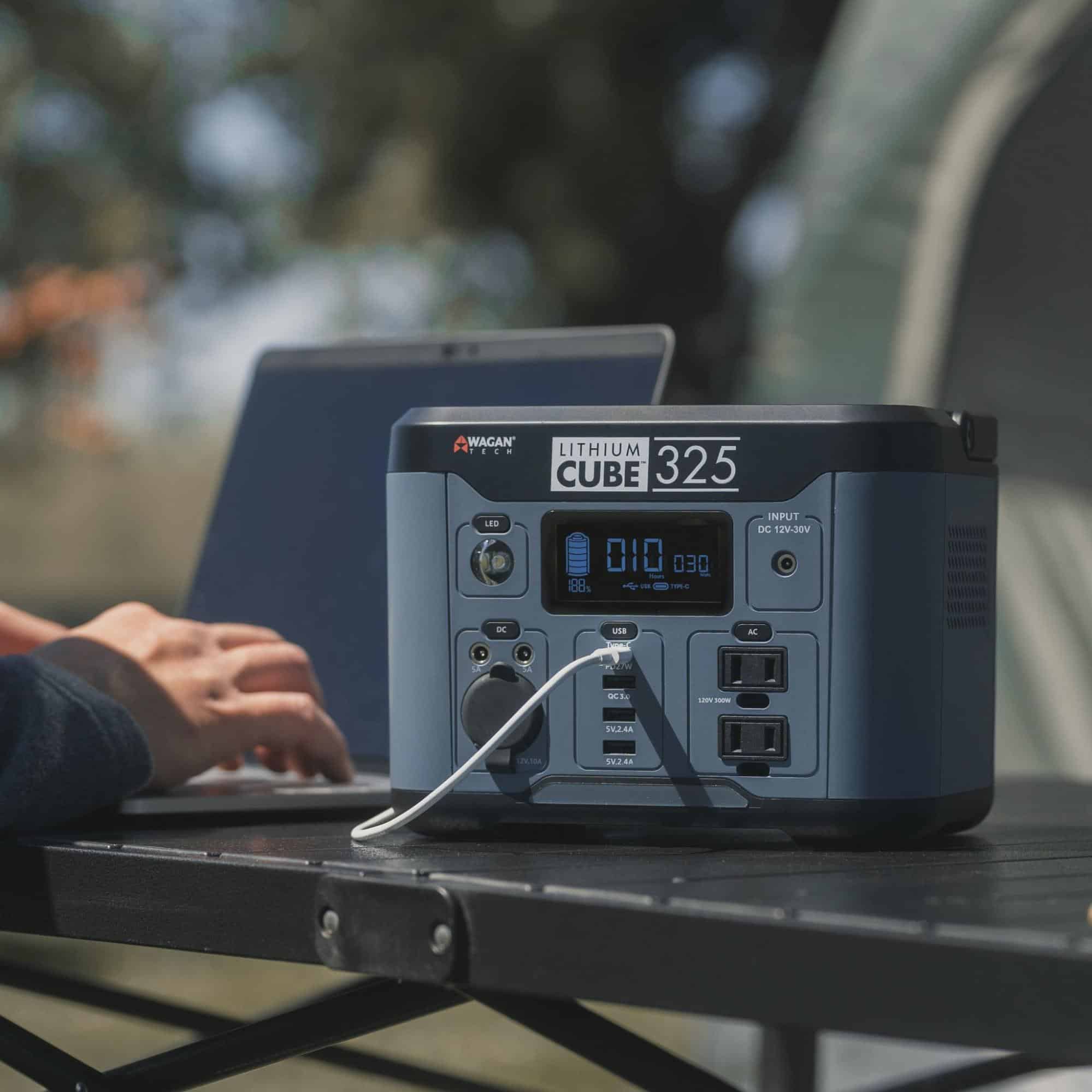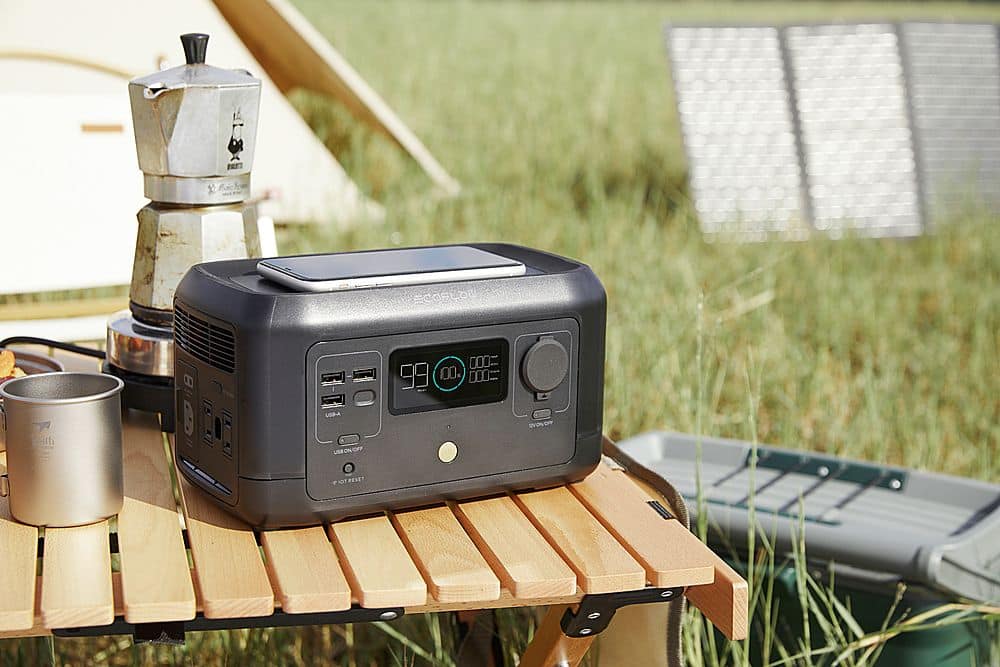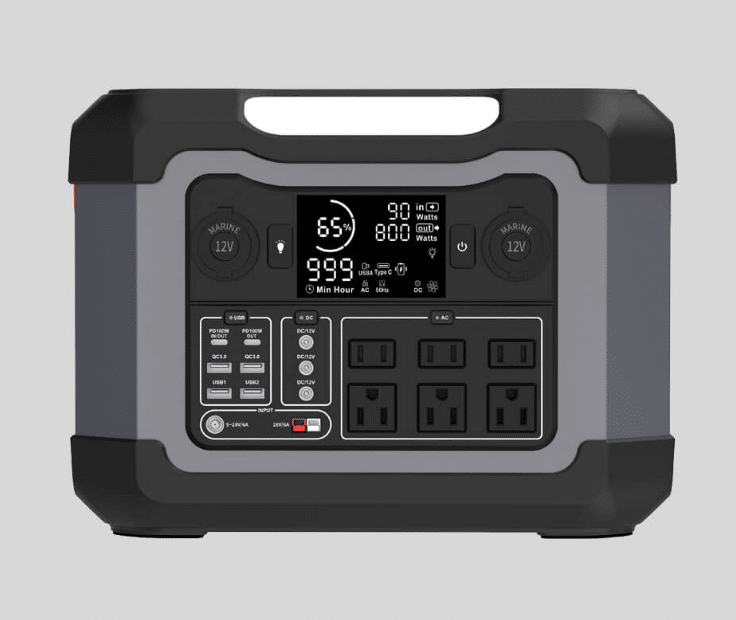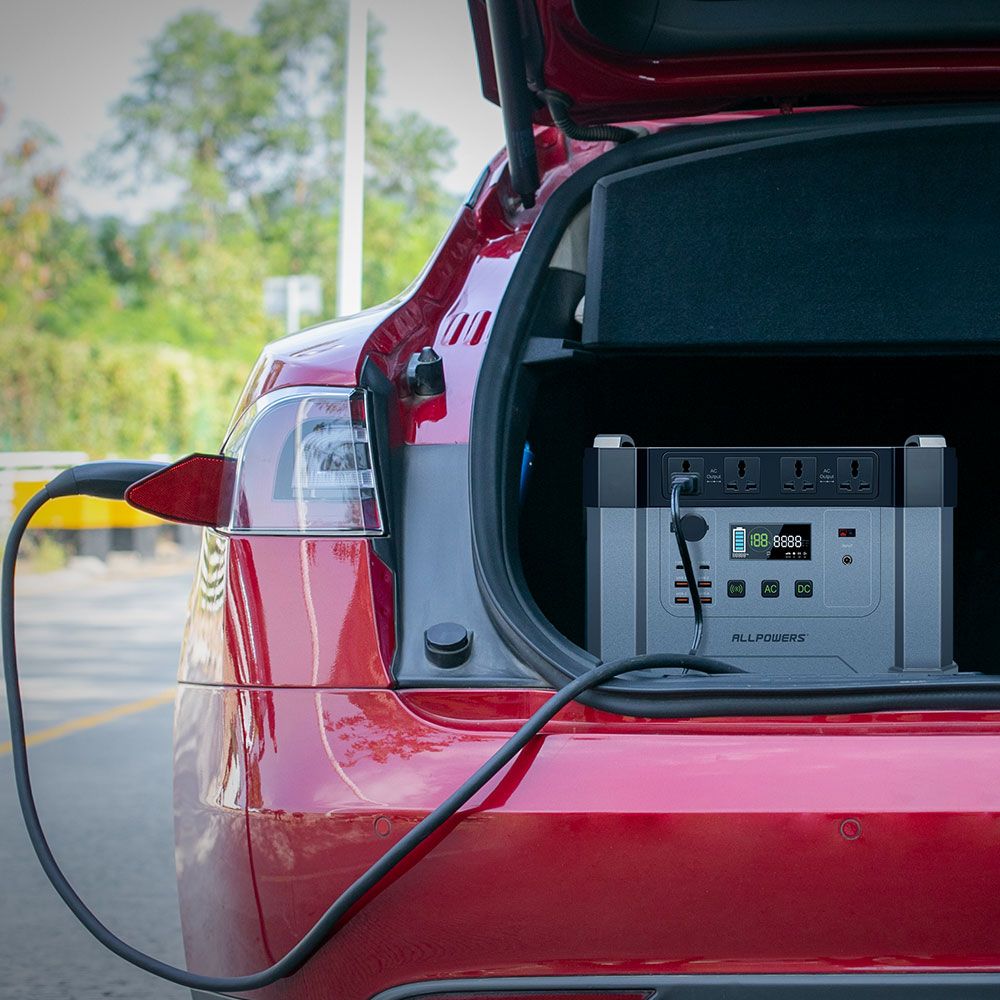Energy density of lithium ion battery is a key to understand the commercial success of any lithium ion battery. What is it, how to calculate and how to improve?
what is the energy density of the battery
Referring to the battery terms, Battery energy density is the amount of energy that can be stored in a battery given a specific weight and volume. The higher the energy density, the better a battery is able to store energy.
The battery’s voltage, charge capacity and discharge capacity determine its energy density. According to what we explained in the lifepo4 charge voltage guide the higher the voltage and discharge capacity, the more power you’ll get out of your battery — but this also makes it heavier and larger in size.
Energy density is measured in watt-hours per kilogram (Wh/kg) or watt-hours per liter (Wh/l). The higher the watt-hours per kilogram or liter, the better the performance of a battery will be.
What battery currently has the highest energy density
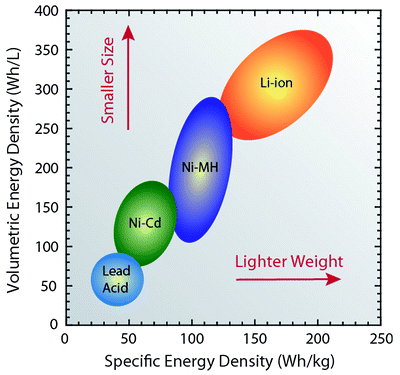
Image Source: Epec
Lithium cobalt oxide batteries are currently the most energy-dense battery technology. The lithium cobalt oxide battery has a specific energy of about 100 Wh/kg, which is about twice that of lead-acid batteries and more than seven times that of nickel metal hydride batteries.
The specific energy of lithium cobalt oxide batteries is limited by the ability of these batteries to deliver current. Lithium cobalt oxide batteries have relatively high internal resistance and cannot deliver large currents without overheating or damaging themselves. This limits them to applications where they can be charged slowly, such as electric vehicles and cell phones, where they can be charged overnight or over several hours.
energy density of lithium-ion battery vs lead acid
The energy density of lithium-ion batteries is much higher than agm lead acid batteries. Theoretically, the energy density of a Li-ion battery is about 3 times higher than a lead acid battery. When you compare the energy density of a lithium ion battery with a lead acid battery, you will see that the lithium ion battery has about twice as much energy per unit volume.
This means that you can store 2 times more energy in a lithium ion battery than in a lead acid battery of equal size. This is also why laptop computers and cell phones have become so popular. They use lithium ion batteries which allow them to be small and lightweight while still allowing long run times before needing to be recharged.
lithium ion battery energy density vs gasoline
Lithium-ion batteries are the most common type of rechargeable battery in china found in electronics and electric vehicles. Lithium-ion batteries have a lot of advantages over gasoline. They weigh less and take up less space, they don’t produce greenhouse gases and they can be recharged.
So, compared to lithium-ion batteries, gasoline has an energy density that is around 100 times higher. The very high efficiency of an electric motor in transferring energy from the battery to energy needed to move the car—typically between 60 and 80 percent efficient—helps to partially offset this gap in energy density.
how to calculate energy density of lithium ion battery
The method for calculating a battery’s specific energy or energy density is as follows: Nominal Battery Voltage (V) x Rated Battery Capacity (Ah) / Battery Weight (kg).
It’s possible to calculate the specific energy of an individual cell, but the calculation requires knowledge of the actual cell dimensions and geometry. This information is usually provided by the manufacturer.
Energy density VS power density of lithium ion battery
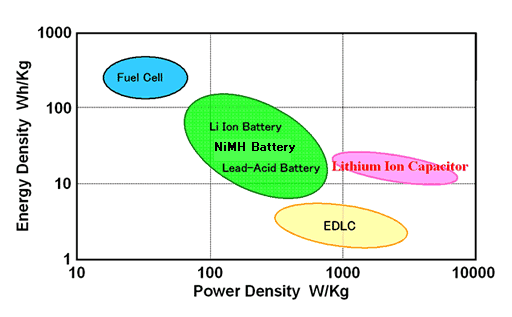
Image source: v
Energy density
The lithium ion battery is the same kind of battery that you would find in a laptop or cell phone. The energy density is measured in watt hours per kilogram, or Wh/kg. Lead-acid batteries have an energy density of 50–100 wh/kg, but lithium-ion batteries have a range of 260–270 wh/kg. Over the past ten years, there have been numerous improvements made to lithium-ion batteries, particularly in terms of their chemistry.
Power density
Power density of lithium-ion batteries is one of the most important parameters that determine the performance and lifetime any electric vehicle, such as the batteries Tesla is using. Due to its high energy and power density, lithium ion batteries have become widely used in mobile devices such as laptops, cell phones etc. The energy density of lithium-ion batteries can be increased by using different cathode materials, electrolytes and separators resulting in enhancement of power density as well.
An example
Energy density is usually expressed in watt-hours per kilogram or watt-hours per liter. You can use this value to compare the total energy storage capacity of different batteries. Power density is typically expressed in watts per kilogram or watts per liter. This parameter can be used to compare how quickly different types of batteries can supply electricity to an external load.
Why do we need a high-density lithium-ion battery
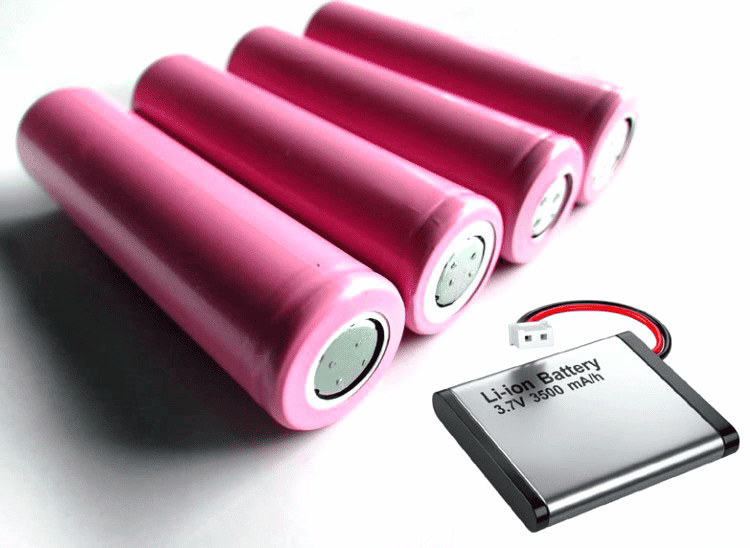
Image Source: Circuit digest
The high density lithium ion battery is a game changer for the electric vehicle industry. The high density lithium ion battery for EVs are more affordable, safer and more efficient. These high-density batteries allow EVs to go significantly farther than traditional gas-powered cars with just one charge, which is often referred to as driving range or mileage per charge.
The need for a high density lithium ion battery is increasing every day. The battery must be able to store large amounts of energy in a small space and deliver it quickly. This helps our devices run longer on a single charge, which is important as we get more and more dependent on portable devices like smartphones, laptops and tablets.
Which lithium ion batteries has highest energy density?
Most people use Lithium-ion batteries for portable electronics, but did you know that you can also use them for your vehicle? We will go through the different types of lithium ion batteries, and which ones have the highest energy density. For more information, you can check out the li-ion battery manufacturer.
lithium iron phosphate battery energy density
energy density of lithium iron phosphate is 90–120 Wh/kg. When it comes to electronics that need batteries with higher levels of power, the battery is still a suitable option, if you want to know more abouot its pros and cons, we clarify lithium iron phosphate disadvantages, check to know more about this.
lithium polymer battery energy density
The energy density of lithium polymer batteries is 185 to 220 Wh/L, which means they have about twice the energy density of lead-acid batteries. Their power density is also higher than that of lead-acid batteries and they can deliver high currents without getting too hot.
lithium titanate energy density
Lithium titanate has an energy density of 50-80 Wh/kg, which is more than double the energy density of graphite (2-3 Wh/kg). This high energy density makes it an attractive material for use in electric vehicles, drones and other applications.
nmc energy density
The energy density of Li-ion batteries is around 270 Wh/kg. This is about 10 times better than a lead-acid battery, and about 3 times better than a nickel metal hydride (NiMH) battery.
18650 energy density
The 18650 battery has an energy density of about 25-30 Wh/kg, which is roughly double compared to nickel-based batteries and triple compared to alkaline batteries.
lithium iron phosphate battery
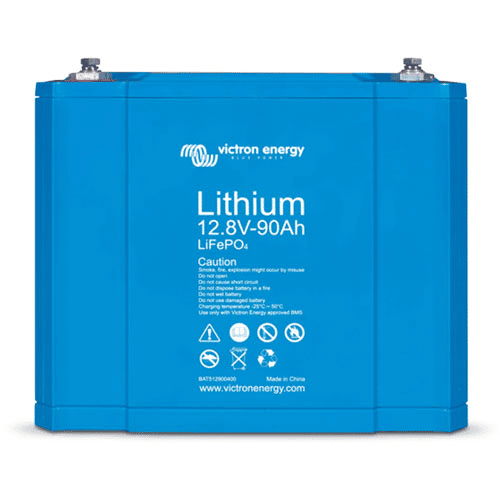
Image Source: Philsolar
The lithium iron phosphate(LFP) battery is a type of rechargeable battery that is used in cell phones, laptop computers and electric vehicles. LFP batteries are made with a mixture of lithium iron phosphate and carbon, which allows them to be lighter than other types of lithium-ion batteries. They are also less likely to catch fire than other types of lithium-ion batteries.
lithium polymer battery
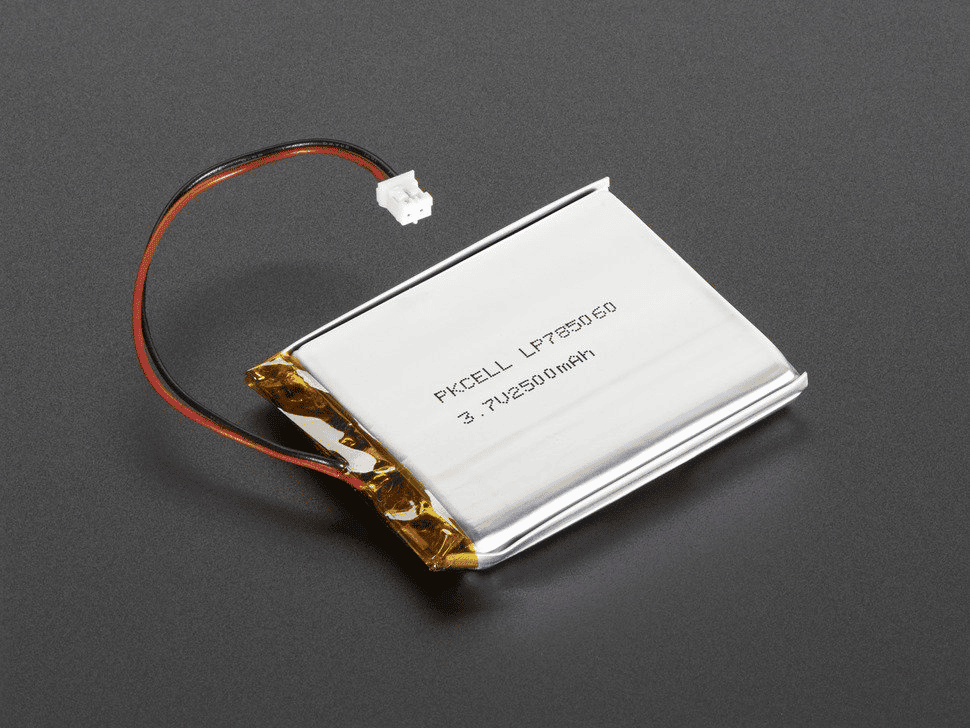
Image Source: Circuitrocks
The main benefit of lithium polymer batteries is their ability to be shaped into any form, which allows them to be integrated into devices that require flexibility, such as mobile phones or laptops. Lithium polymer batteries also have a longer life cycle than other types of rechargeable batteries, which means they can be recharged hundreds of times before they need replacing.
lithium titanate battery
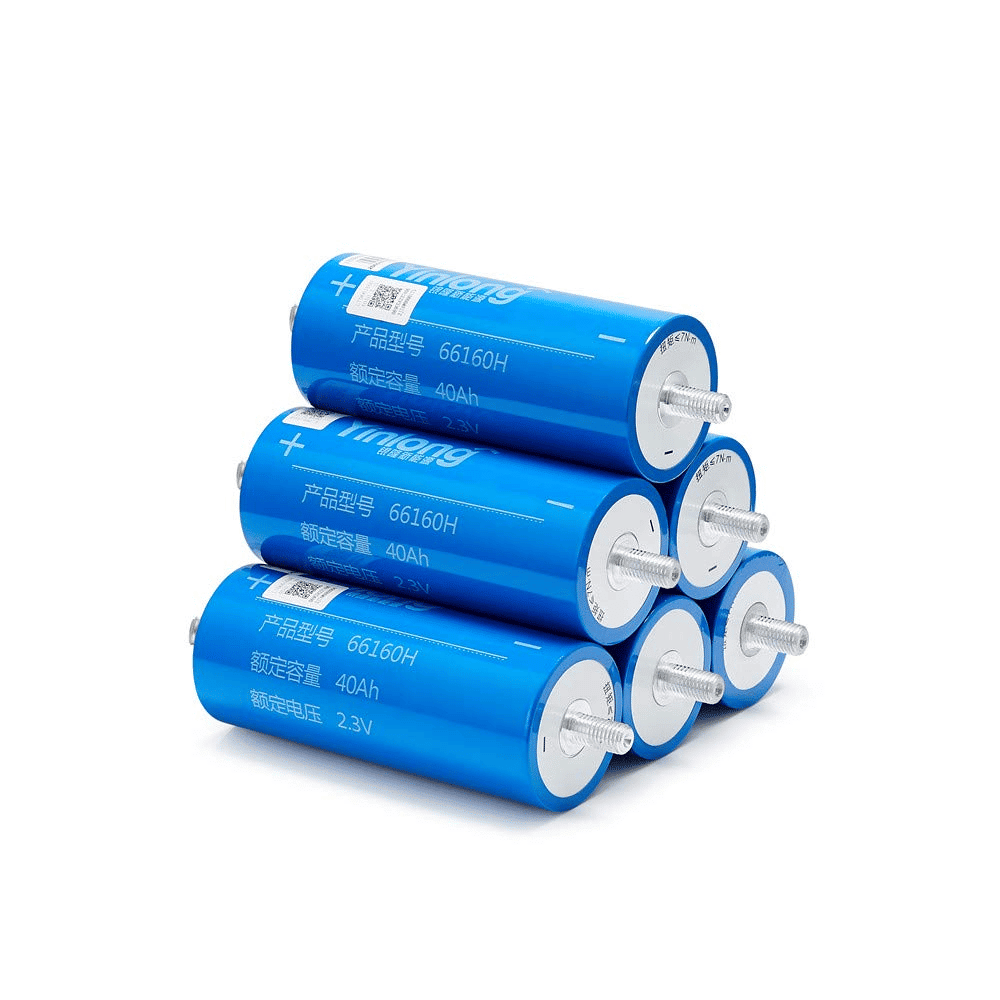
Image Source: Amazon
Lithium titanate batteries are a type of lithium-ion battery that uses lithium titanium oxide as the cathode material. Lithium titanium oxide has a high capacity for storing charge, which results in higher voltage when charged. Lithium titanate batteries are a new generation of batteries that are being developed to replace lithium-ion batteries in many applications. These batteries can be used to power electric vehicles and other electronic devices.
Nmc battery
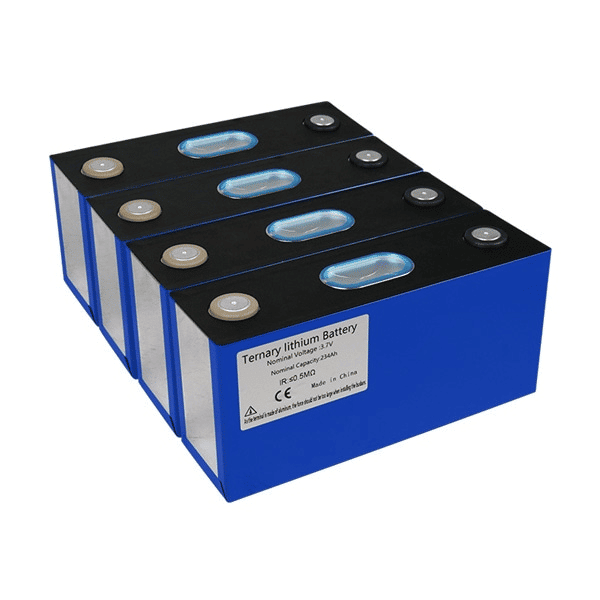
Image Source: battery finds
NMC stands for Nickel Manganese Cobalt, which are the three primary elements that make up the cathode of the battery. The NMC battery has become popular within the past decade due to its high energy density and low cost of manufacturing. These batteries contain no heavy metals or toxic materials, which makes them safe to transport, store and dispose of compared to other types of batteries such as those containing lithium.
18650 battery
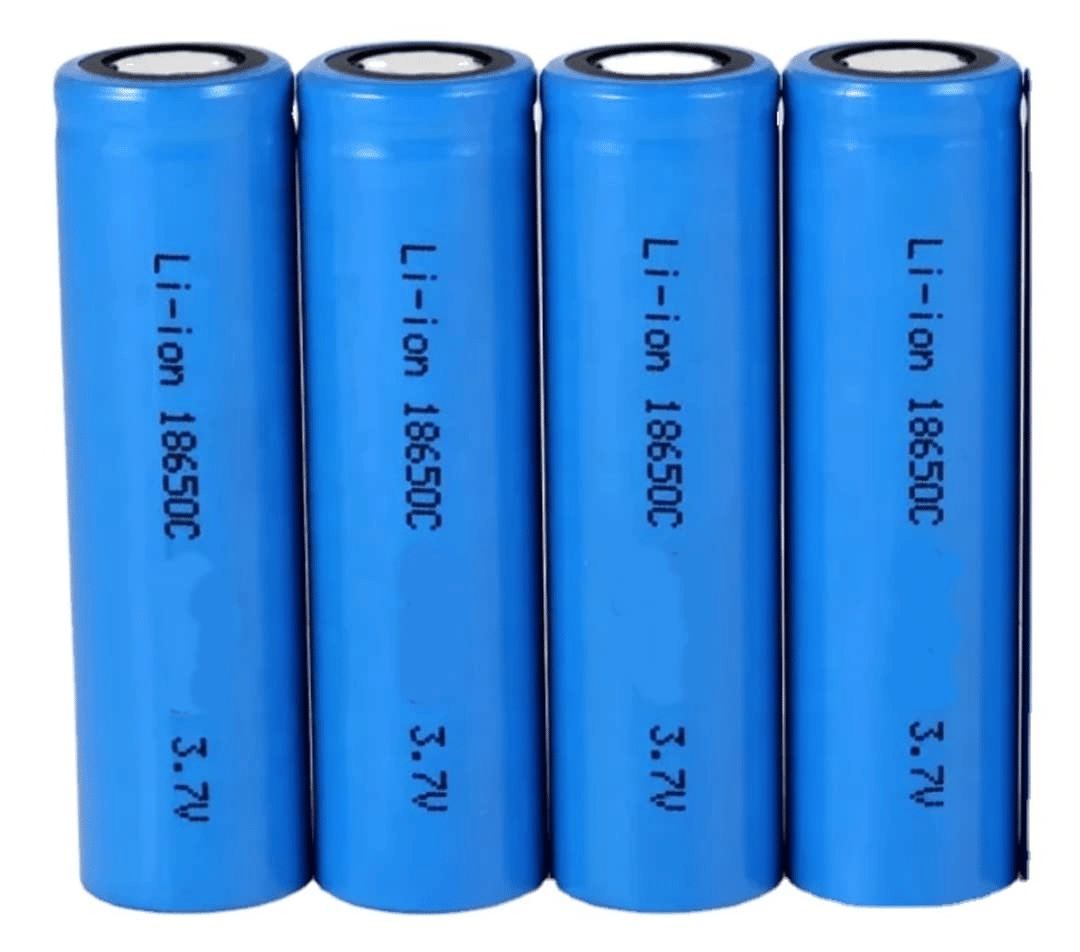
Image Source: Amazon
18650 battery is the most common and popular Li-ion battery size. It was designed for use in laptops, but it has become popular for many other applications, including flashlights, e-cigarettes and power tools. They come in all shapes and sizes, but their name comes from the fact that they’re 18 mm wide and 65 mm long.

